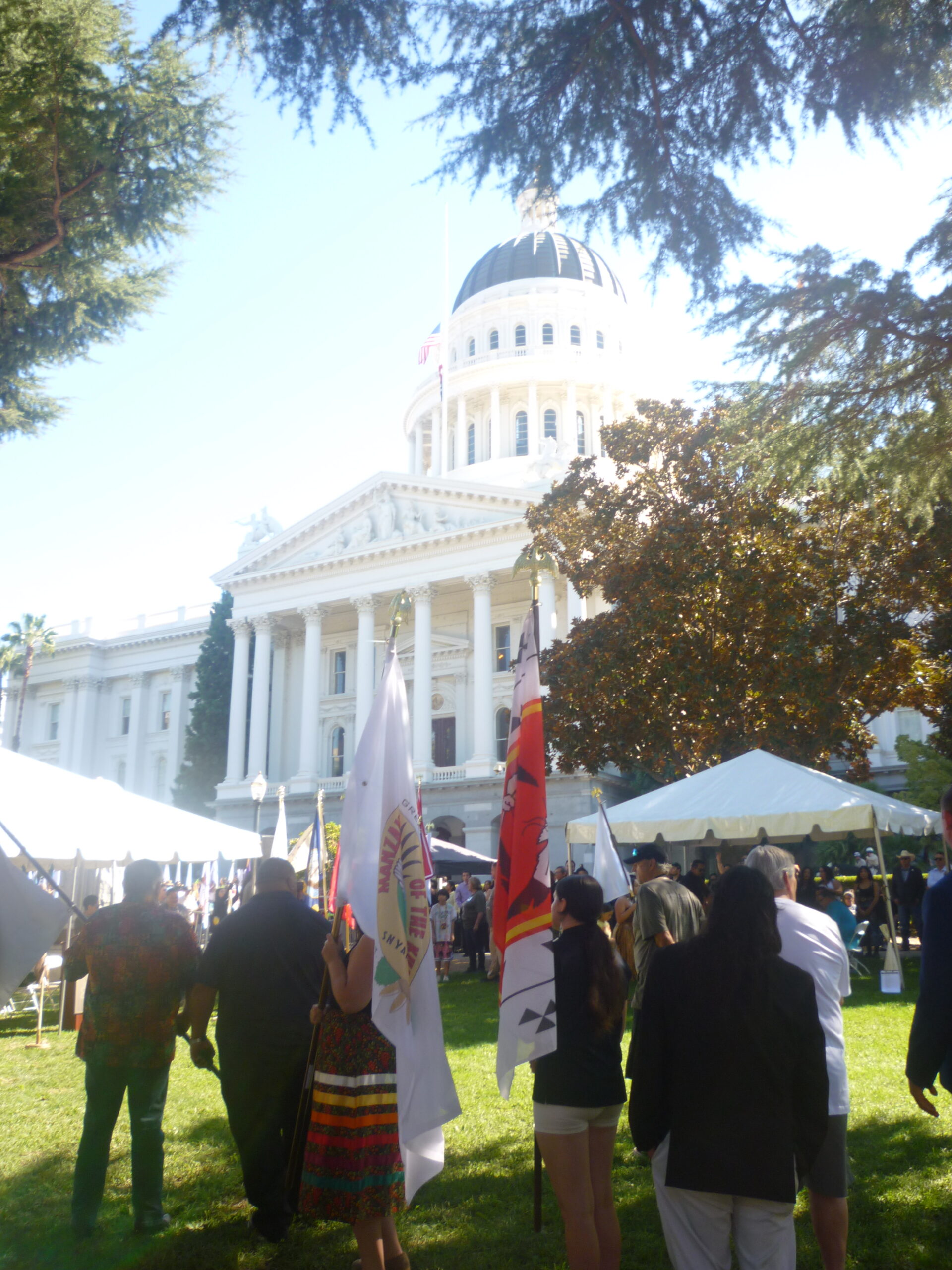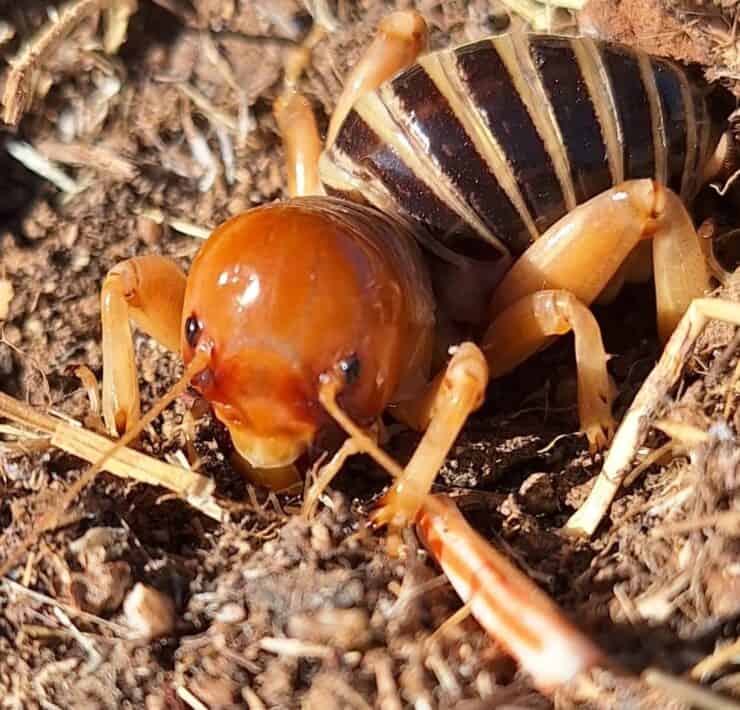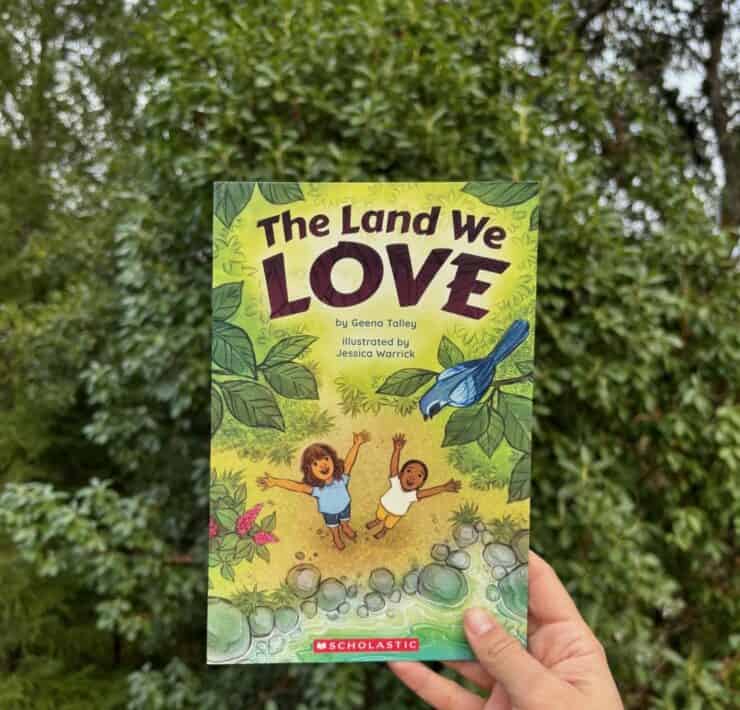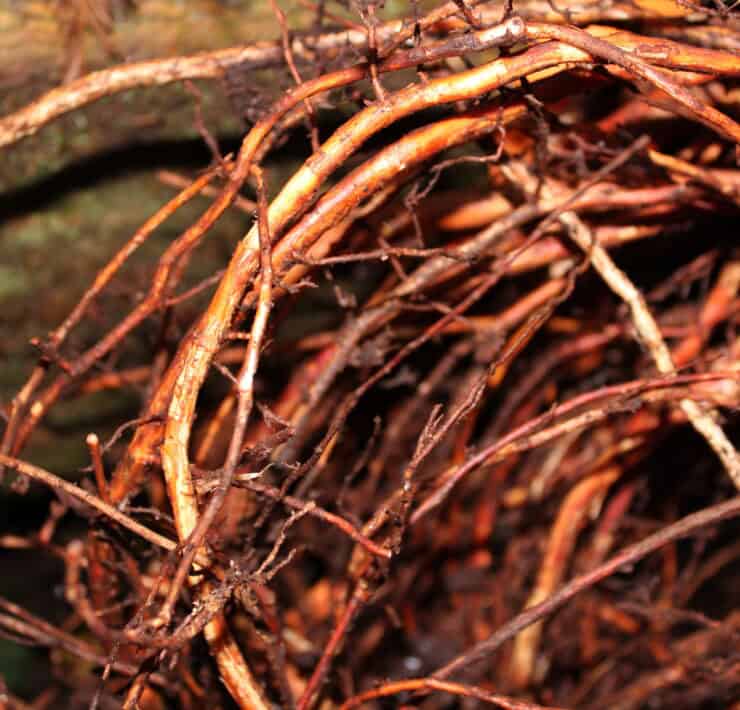California Native American Day 2024: The Fight for the Right to Vote

Opinion Piece
By Muriel Ammon
California Natives celebrate year round. Growing groups of tribal members are engaging in cultural burning practices. There’s satisfaction in completing a burn! There’s pride in proactively protecting your community in a way that the land responds to based on centuries of Indigenous land stewardship. We celebrate in advance. Because we know the hazel bushes we’ve just burned will come up nice and straight in two years time. Traditional basket weavers will use these sticks, perhaps to make a baby basket. We applaud the decades-long causes. Cheerful crowds draw to applaud the removal of the COPCO and Iron Gate Dams. The Klamath River Renewal Corporation, along with other tribal and local entities, leads impactful ecological restoration on the Klamath. We hope salmon populations thrive. This restoration is an essential part of the local Indigenous Food Sovereignty movement. We plan on eating fish, at ceremony and beyond, for a long time to come.
We celebrate our peoples’ successes. A child learns to use a new word in their heritage language – special every time. Ts’ehdiyah, yôotva! A young woman makes her first basket, the beginning of a lifelong journey. Young men and women are picking up responsibilities and preparing to take leadership roles. Students study everything from Indigenous feminisms to marine biology to Federal Indian Law. Artists and creatives put forth work that reflects our communities’ lived experiences and explores our futures. Each member of our many communities works year after year to ensure that good things come. We work so the medicine in our ceremonies reaches our people, culturally important spaces are protected, keystone species thrive, and so everyone, but particularly youth, will be safe and well. We should probably celebrate more.
This Friday, September 27th, California Native American Day memorializes the hundred year anniversary of the Indian Citizenship Act of 1924. “Recognizing 100 Years of Citizenship and the Fight for the Right to Vote: 1924-2024” brings attention to the exclusion of California Native Americans in our country’s not-so-distant past. In 1917, Ethan Anderson, Pomo, tried to exert his right to vote. His right was upheld by the California Supreme Court in Anderson v. Matthews. Though Anderson won, this did not mean all California Native Americans were guaranteed the right to vote. Even with the passing of the Indian Citizenship Act, voting rights were not wholly secured. At the time, states determined who could and could not vote. In some cases, it took the strength of individuals suing their respective states, as was the case with Pueblo advocate Miguel Trujillo, who won the right for Native Americans to vote in New Mexico.
On such an anniversary as this, I strongly urge you to get out and vote. Looking deeper into the theme “Fight for the Right to Vote,” let’s acknowledge our own impact. The Native American Rights Fund’s Native Voter Impact states there are 4.7 million federally recognized Native Americans and Alaska Natives eligible to vote. Of these, only about 66% are registered, so it’s important to encourage family and friends to register online or in person. California Indian Legal Services (CILS) has put together a comprehensive general election voter’s guide, which includes information on voting registration. Voting on our local ballots is a powerful way to push our governments towards the causes nearest our hearts. There are also great resources regarding your county’s local ballot measures and statewide propositions regarding same-sex marriage, forced labor in state prisons, and funding for climate change.
This October, I’ll be exercising my right to vote. For Harris-Walz. I’ve seen enough on the news, heard enough from my own community, to know that I do not want to see Trump in office ever again. So I took some time to get to know Democratic presidential candidate Kamala Harris a little better.
Where the Trump administration attacked tribal land ownership, lowered the protection of culturally significant lands, and polluted tribal land and resources, the Biden-Harris administration looked to restore tribal land ownership, encourage tribal land management in partnership with federal agencies, and promote environmental restoration in marginalized communities.
The Biden-Harris pattern of restoration reaffirmed the status of the Mashpee-Wampanoag’s reservation, settling a nerve wracking move by the Trump administration to take their land out of trust. Through this unnecessary attack, the Trump administration swung dangerously close to an old strain of Federal Indian Policy, the Termination Era.
Biden-Harris also restored Bears Ears Monument, after Trump attempted to shrink it and lift the protections that tribes had spent over a decade fighting for. Biden affirmed that the executive branch holds the power to instate national monuments, but not to decrease their size. These are disputes no one expected to face. The Native American Rights Fund (NARF) states, “No president has ever revoked and replaced a national monument before because it is not legal to do so. Only Congress may alter a monument” (1). The Trump administration wreaked havoc on federal environmental protections, negatively affected tribal access to and use of cultural spaces, and caused irreparable harm to sacred spaces.
The Biden-Harris administration has shown a commitment to honoring Indigenous land stewardship. In 2021, Secretary of Interior Deb Haaland issued Joint Secretarial 3403: Fulfilling the Trust Responsibility to Indian Tribes in the Stewardship of Federal Lands and Waters. National Parks Service (NPS) Director Charles Sams III, Cayuse and Walla Walla, states the order, “recognizes that federal lands were previously owned and managed by Indian Tribes and that these lands and waters contain cultural and natural resources of significance and value to Indian Tribes and their citizens; including sacred religious sites, burial sites, wildlife, and sources of Indigenous foods and medicines… The [Interior] Department, including the NPS, recognizes and values Tribes’ thousands of years of traditional ecological knowledge of the lands the Department administers. Our collaboration with Tribes, through co-stewardship and the incorporation of tribal traditional ecological knowledge into federal management practices, strengthens the management of the nation’s public lands” (2). In this vein, the Yurok Tribe has entered into a partnership of co-management with Save the Redwoods League, the National Park Service and California State Parks. Redwood National Park Superintendent Steve Mietz spoke to NPR, “Usually, that was the tribe coming to National Park Service lands and providing their expertise. Now it’s going to be flipped around a little bit that they’re the owners, and the Park Service is going to provide our help and support to the Yurok” (3). Co-management is a step in the right direction towards Land Back. These systems can support and shine value on the continuation of our cultural ways of life.
The recent severity of California wildfires has brought national attention to the need for a change in fire management. Harris’s approach has been to support tribal and state agencies in carrying out preemptive tactics, including prescribed burning. Tribes have used cultural burning to successfully manage fires for centuries. This practice is not only a safety measure, it interacts with our other lifeways. Weavers rely on these fires to harvest basket materials. Food sources can be managed through prescribed burns. Now state and federal agencies are getting on board. Presidential support of these practices strengthens tribal actions and provides essential funding and resources. The current administration has granted funds nationwide to promote fire management, parts of which are dedicated towards tribal consultation and practices. Just this month, Biden-Harris pledged $100 million towards the Collaborative Wildfire Risk Reduction Program, as part of Investing in America (4). It’s refreshing to see Traditional Ecological Knowledge valued in such a program.
Trump, it seems, is hooked on a “plan” to divert water from the Columbia River south to California. He babbled at the 2023 California Republican Convention, “They say that there’s so much water up north that I want to have the overflow areas go into your forests and dampen your forests, because if you dampen your forests you’re not gonna have these forest fires that are burning at levels that nobody’s ever seen.” He calls this, “ground-wetting” (5). I don’t have anything else to say about that.
I was curious to know more about Harris’s stance on California water rights. In her previous role as California attorney general, she was involved in the case French v. Starr. Robert French sued judicial officials in the Colorado River Indian Tribes (CRIT) over land ownership dispute. French, among others, had been leasing land from the tribe since 1983. He claimed the land was no longer a part of the reservation, because the reservation was defined by a riparian boundary, the Colorado River, which had shifted. Harris submitted an amicus brief in French’s favor, which was refused by the judge, on account of French’s original lease. The dispute was cleared up. The tribe retained all the land that had been set as reservation land in 1865. French was evicted. This is not Harris’s most pro-Indigenous career move. But she has something to say for it. “When I was attorney general, I had a number of responsibilities, including being a lawyer for the governor. And it was in that capacity when the governor, I was the lawyer for the governor, and the governor made decisions about the fee-to-trust applications by California tribes. As the lawyer, as the law office for the governor, we had to file those letters. But that was never a reflection and has never been a reflection of my personal perspective, and when I have had the ability to independently act, not on behalf of a client, I think my history and my positions are very clear” (6).
I believe Kamala Harris will support Indigenous communities. She has met challenges in her career, and has grown. As Vice President, she worked with leaders like Deb Haaland. She has consulted with tribes, and incorporated tribal needs in the current administration’s policies and programs. With Harris as President, I foresee this momentum leading to the growth of positive tribal-federal partnerships.
- “Narf Stands Strong with Tribes for Bears Ears National Monument.” Native American Rights Fund, 10 Jan. 2024, narf.org/cases/bears-ears/.
- “Tribal Co-Management of Federal Lands.” U.S. Department of the Interior, 10 Mar. 2022, www.doi.gov/ocl/tribal-co-management-federal-lands.
- Stutson, Alec. “The Yurok Tribe Regains Redwood Park Land to Create Their Own Historical Park.” NPR, NPR, 30 Mar. 2024, www.npr.org/2024/03/30/1241836302/the-yurok-tribe-regains-redwood-park-land-to-create-their-own-historical-park.
- “Confronting the Wildfire Crisis.” US Forest Service, www.fs.usda.gov/managing-land/wildfire-crisis. Accessed 27 Sept. 2024.
- Stein, Shira. “Experts Throw Cold Water on Donald Trump’s Idea to ‘Dampen the Forests’ to Prevent Wildfires.” San Francisco Chronicle, San Francisco Chronicle, 24 Sept. 2024, www.sfchronicle.com/politics/article/donald-trump-california-wildfires-19787225.php.
- Denetclaw, Pauly. “Vice President Kamala Harris’ Mixed Record on Indigenous Issues.” Indian Country Today, 27 July 2024, ictnews.org/news/vice-president-kamala-harris-mixed-record-on-indigenous-issues.








